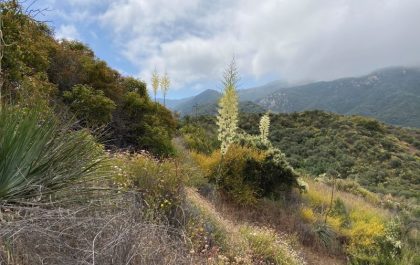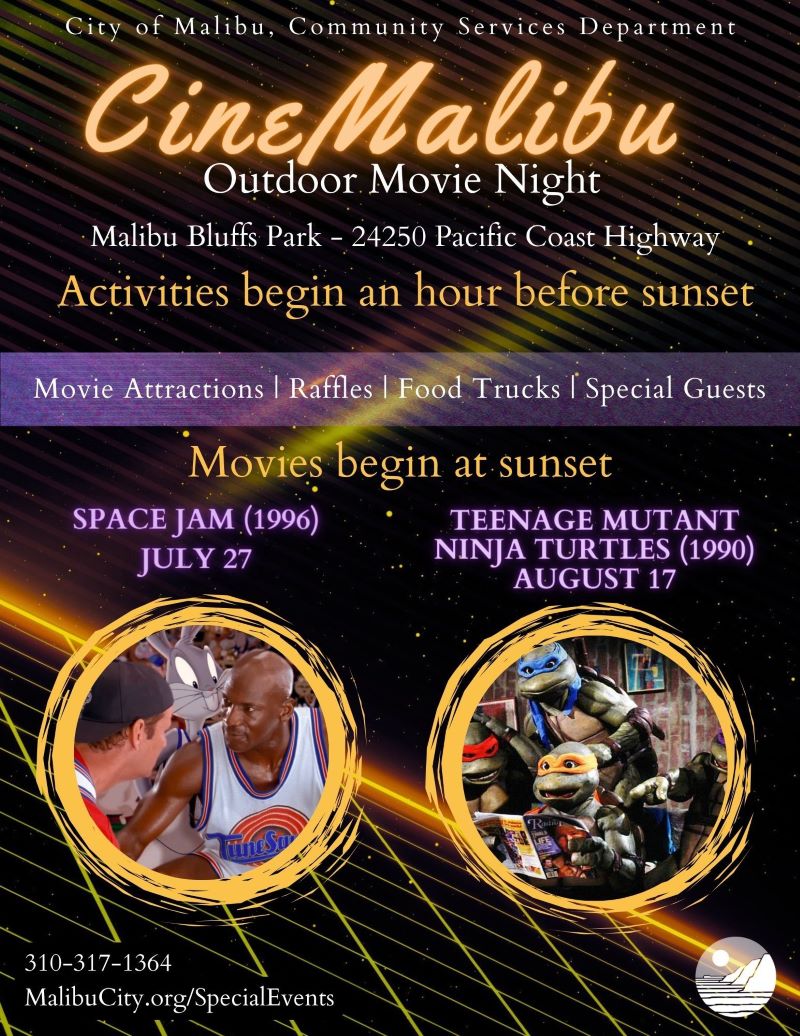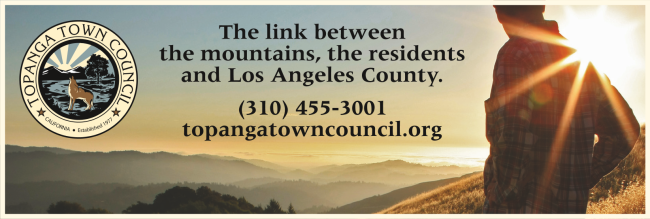Let us abandon then our gardens and go home
And sit in the sitting-room
Shall the larkspur blossom or the corn grow under this cloud?
Sour to the fruitful seed
Is the cold earth under this cloud,
Fostering quack and weed, we have marched upon but cannot
conquer;
We have bent the blades of our hoes against the stalks of them.
—Edna St. Vincent Millay, “Justice Denied in Massachusetts.”
A tremor of grief and horror shook the Nation on May 24, when 19 children and two teachers were shot to death in a Uvalde, Texas elementary school, by a gunman not yet 18 years old. But the violence didn’t stop. According to the Gun Violence Archive, an independent organization that collects real-time data on America’s murder epidemic, eight people were killed and 45 injured in mass shooter incidents in the five days following the Uvalde massacre on May 24.
When and how does it end? How many deaths will it take before there is real, substantive, practical change?
Edna Saint Vincent Millay’s bleak verses are about resignation in the face of injustice, and they resonate today as vividly as they did in 1922, but we cannot resign ourselves to sitting by and watching, in the poet’s words, evil overwhelm. Tomorrow is another opportunity to work for change, to work towards a day when this kind of violence is history—an ugly anomaly that puzzles future researchers—not a daily occurrence.
Humans aren’t the only wholesale victims of the gun industry. Millions of wild animals are killed in the U.S. by lead shot left behind in the remains of animals killed by hunters and not retrieved.
A coalition of wildlife conservation and animal welfare organizations are calling on lawmakers to support the bill. Animal Wellness Foundation president Annie Harvilicz describes lead shot as “a known toxin that, left behind after discharged from a weapon, quietly but mercilessly kills countless wild animals while also posing a threat to families who consume wild game…”
An eight-year study of 1,210 bald and golden eagles across 38 states found that nearly 50 percent exhibited signs of chronic lead poisoning. California completely phased out the use of lead shot in 2019, a leading cause of death for the critically endangered California condor, but change in other parts of the county is painfully slow.
U.S. Senator Tammy Duckworth, D-Ill., recently introduced legislation to phase out the use of lead ammunition, at least on National Wildlife Refuges. That may seem simple, but it faces formidable opposition from the gun industry and its pawns in Washington. Duckworth is the chair of the Subcommittee on Fisheries, Water, and Wildlife, and the top Democrat in the Senate on wildlife policy. The legislation, she says, would “put an end to the needless incidental poisoning of millions of wild animals by lead left behind in fields, forests, and wetlands, including in the remains of animals peppered with fragmented shot and not retrieved.”
Duckworth’s bill is S. 4157 and is a companion to H.R. 405 introduced by our own Representative Ted Lieu. This legislation is a small step, but an important one.
The Santa Monica Mountains Conservancy has been granted first right of refusal on remnant land owned by the City of Los Angeles in the Santa Monica Mountains. The Los Angeles City council voted unanimously to give the SMMC the opportunity to buy the surplus land before it is offered for sale to adjoining property owners.
The surplus is a rag bag of oddly shaped scraps that range from tiny slivers barely a couple hundred square feet to some more sizable corners, including some key wildlife corridors.
Most of the remnant land is east of Topanga, but there are parts of the canyon that are under the jurisdiction of the city
The SMMC will now have the right to acquire remnants at the city’s purchase price plus any administrative management costs incurred by the city.
That’s good news for the wildlife that ekes out an existence in those small pockets of undeveloped land, but also for the health and wellbeing of everything that lives in and around the greater Santa Monica Mountains.
Summer is here. Topanga Days just happened. Music rang out across the canyon and was enjoyed by sell out crowds both days. The eclectic, eccentric, extraordinary parade that is a much loved canyon tradition was back in glorious, real life Technicolor, crowning a weekend of joy. Sometimes things do come together for good, even in troubled times, or perhaps especially in troubled times.
Stay safe, be well.
P.S. The election is June 7. Please don’t forget to vote.












